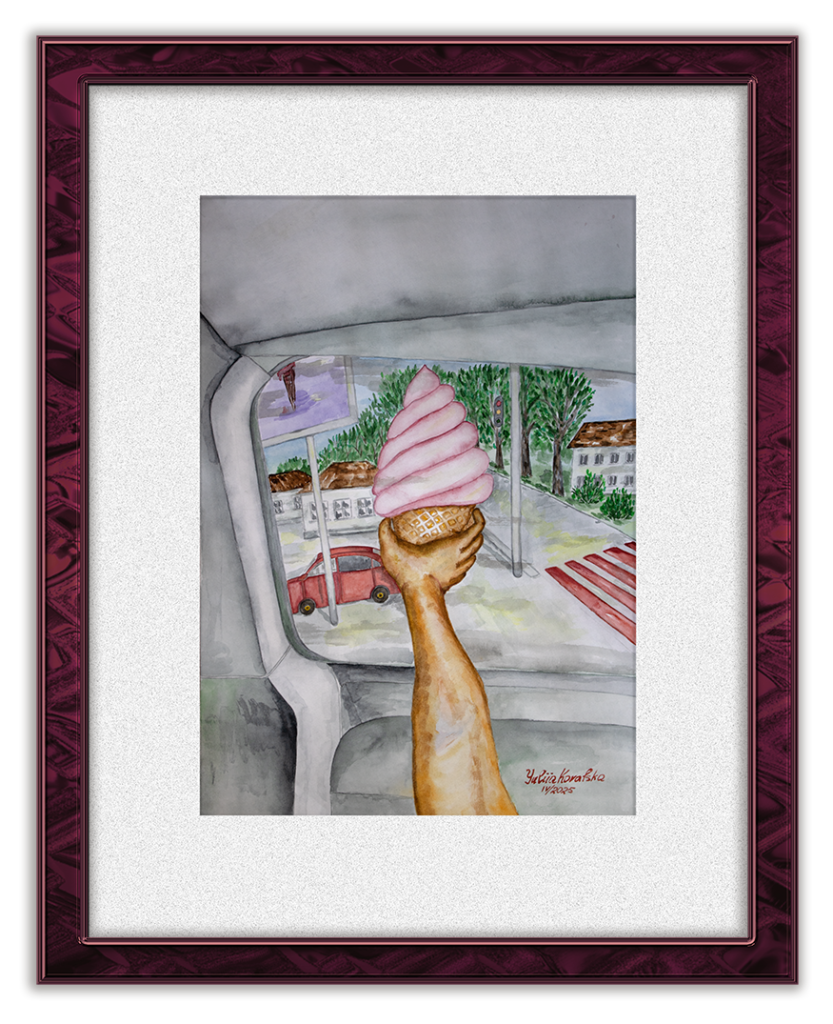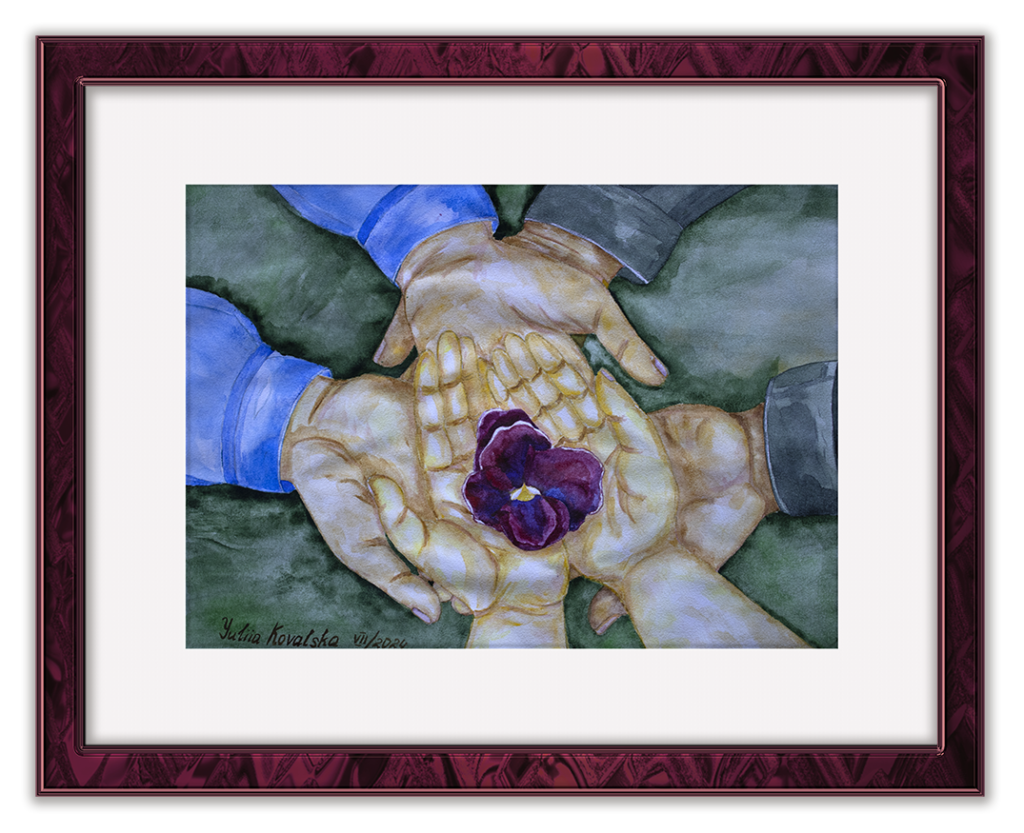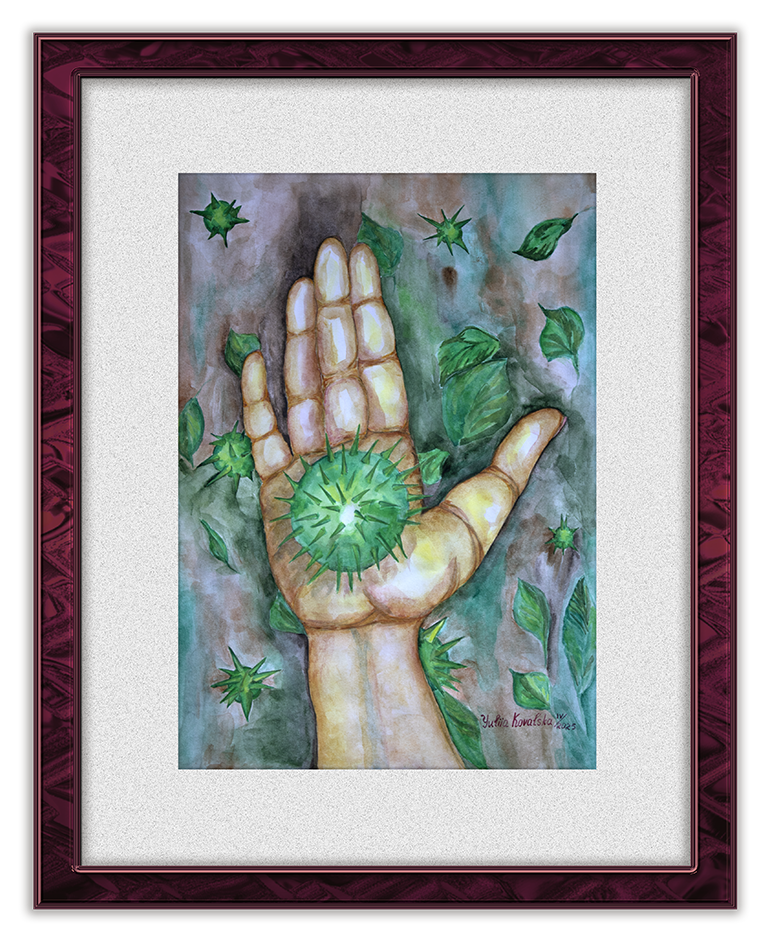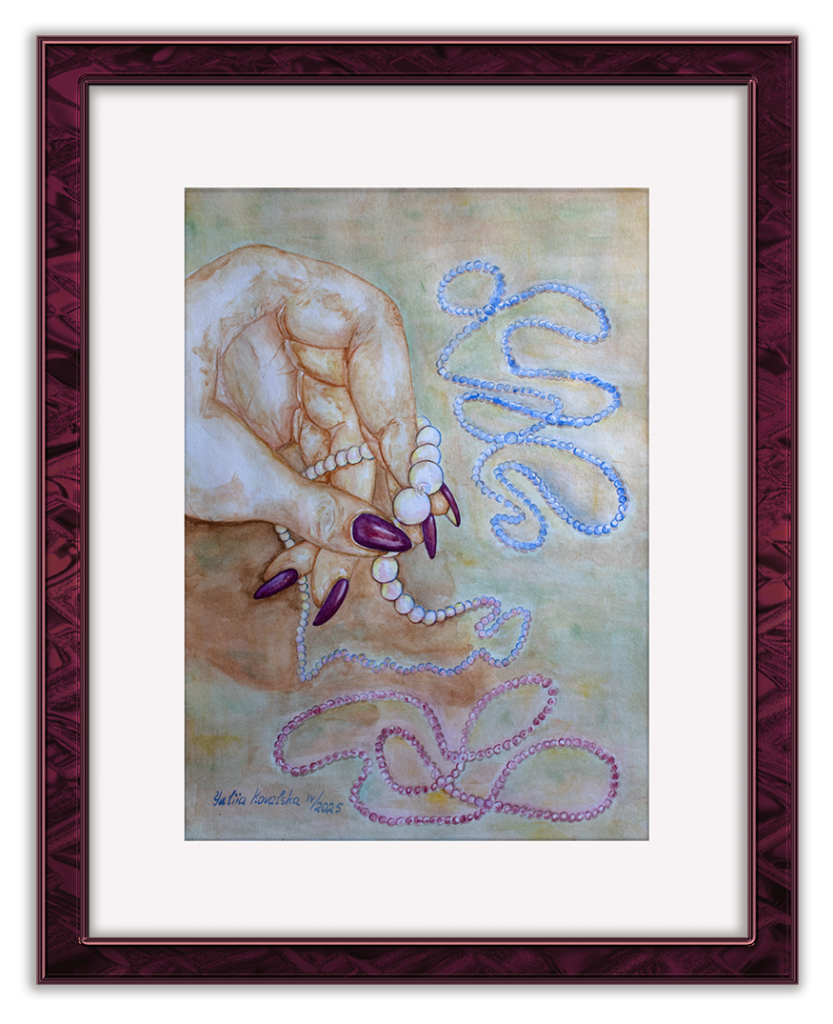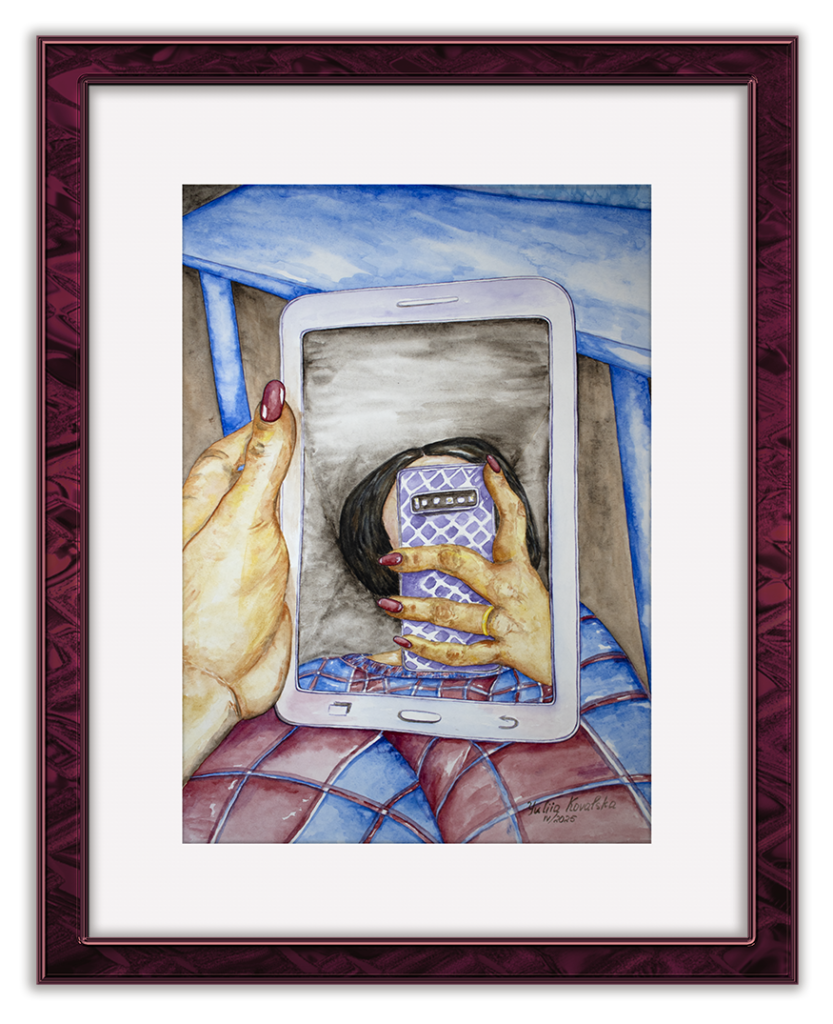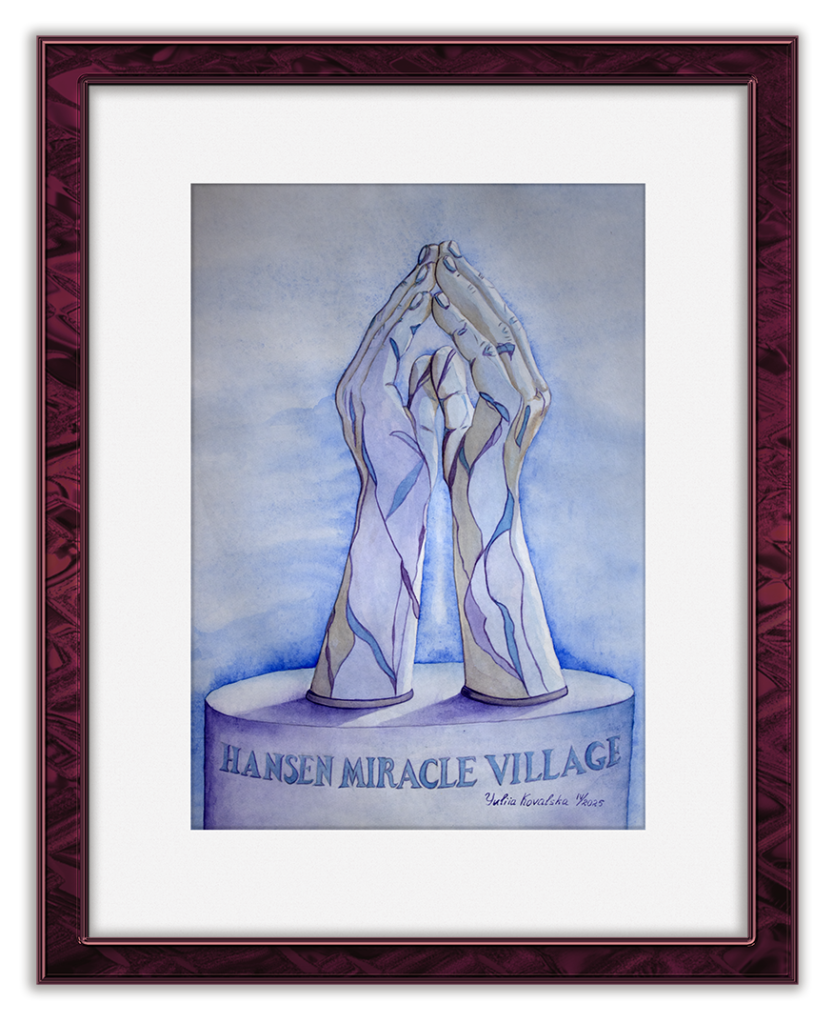«In the history of fine arts we can find enough examples of brilliant use of expressive possibilities of hands. The masters of Ancient Greece and the Renaissance perfectly knew the shape of the hand, its plasticity. Even at the time of the birth of fine art, the trace of the artist’s hand was regarded as the signature of the author. The attitude to fingers and hands as a means of expressing feelings and emotions is found in all real artists of different epochs and countries.
If you look closely at the paintings of Michelangelo, Leonardo da Vinci and other legendary artists, it becomes clear that for them the hand is not just a limb for manipulation, but an organ for acquiring and enriching knowledge and communication, as well as for communicating their thoughts, visions, images and realisations. The human hand is capable of touching, comprehending, exploring and transmitting everything created by the hand, controlled by the brain and stimulated by the nerve trunks of the limb.
I find it interesting to show not only the image of human hands at rest, but also in their actions in the course of the plot of the painting chosen by the artist. Thus, the artist’s hands show the work of the hands with which he paints it. And what he draws or has drawn, showing the profession and age of the owner of the hands, what the hands are occupied with at the moment of their drawing.»
Semyon Taleisnik
I think the beginning of Semyon Taleisnik’s essay “Images of Hands in Painting” best represents my idea to paint a collection of paintings featuring close-ups of hands.

